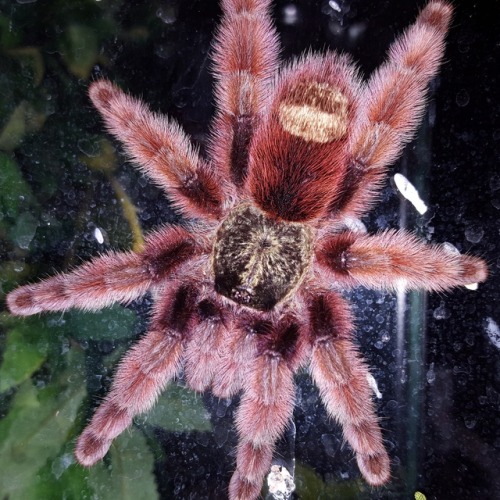


The bigger critter types will strain your web more and be more likely to damage it, so the web must be constructed to withstand heavy impacts or it will get damaged. Click on the insects that get caught in your web to eat them. The bugs will appear more or less randomly from the background. In order to replenish it, you must eat insects and bugs which fly into your net. You can design your web any way you like, but you have a limited amount of web materials available, indicated by a gauge on the right. You can also attach strands to the branches that outlines the game area. To spin new strands of webbing, just draw a line between two existing web strands the mouse. To move it around, simply click on the web where you want him to go and it will scurry there using the shortest available path. Spookily, their eyes also have a layer of light reflecting crystals causing them to shine brightly in a beam of light.You control the spider protagonist with the mouse. In addition, there is no need to worry about infestations because the female spider will carry her egg sacs on her belly until they hatch and then carry the little spiderlings on her back until they are ready to fend on their own. Their activity can be threatening, but they really want to be left alone. Soon the victim's dissolved tissues are sucked out. While patrolling, they spot their victim, give chase, capture, and inject it with paralyzing venom. They are active hunters that patrol the ground for insects and small spiders. Wolf spiders spend most of their time outdoors hunting ground insects at night. Creepily, she will rapidly shake the web to make herself appear bigger in order to ward off predators. I have personally seen a garden spider take down a praying mantis. She injects the prey with paralyzing venom and covers it with silk to save it for later consumption. While her eyesight is poor, she is very sensitive to vibrations caused by prey entangling themselves in her web.

Garden spiders are not aggressive spiders but may bite if handled. The web is usually eaten and rebuilt every day and catches anything that will fly or jump into it, becoming a natural source of insect control. As they grow, their webs get bigger and are placed higher and higher in the landscape. Earlier in the year, young immature Garden Spiders build smaller webs in low vegetation. While scouting the garden, I am pleased to see the large orb-shaped web of the black and yellow garden spider in the fall or a wolf spider with her many babies she carries on her back in the spring.Īs the seasons change, large mature females build webs that have zig-zag patterns. This is due to my extensive background in encouraging beneficial insects to help lower the populations of unwanted pests in the garden. "In contrast to most of America, I suffer from Arachnophilia-a love of spiders," says University of Illinois Extension Horticulture Educator, Kelly Allsup. This past month many homes are being purposefully adorned by abnormally-large, scary black spiders and their webs to hinge on the fact that a large percentage of the population suffers from the fear of spiders, known as Arachnophobia.


 0 kommentar(er)
0 kommentar(er)
